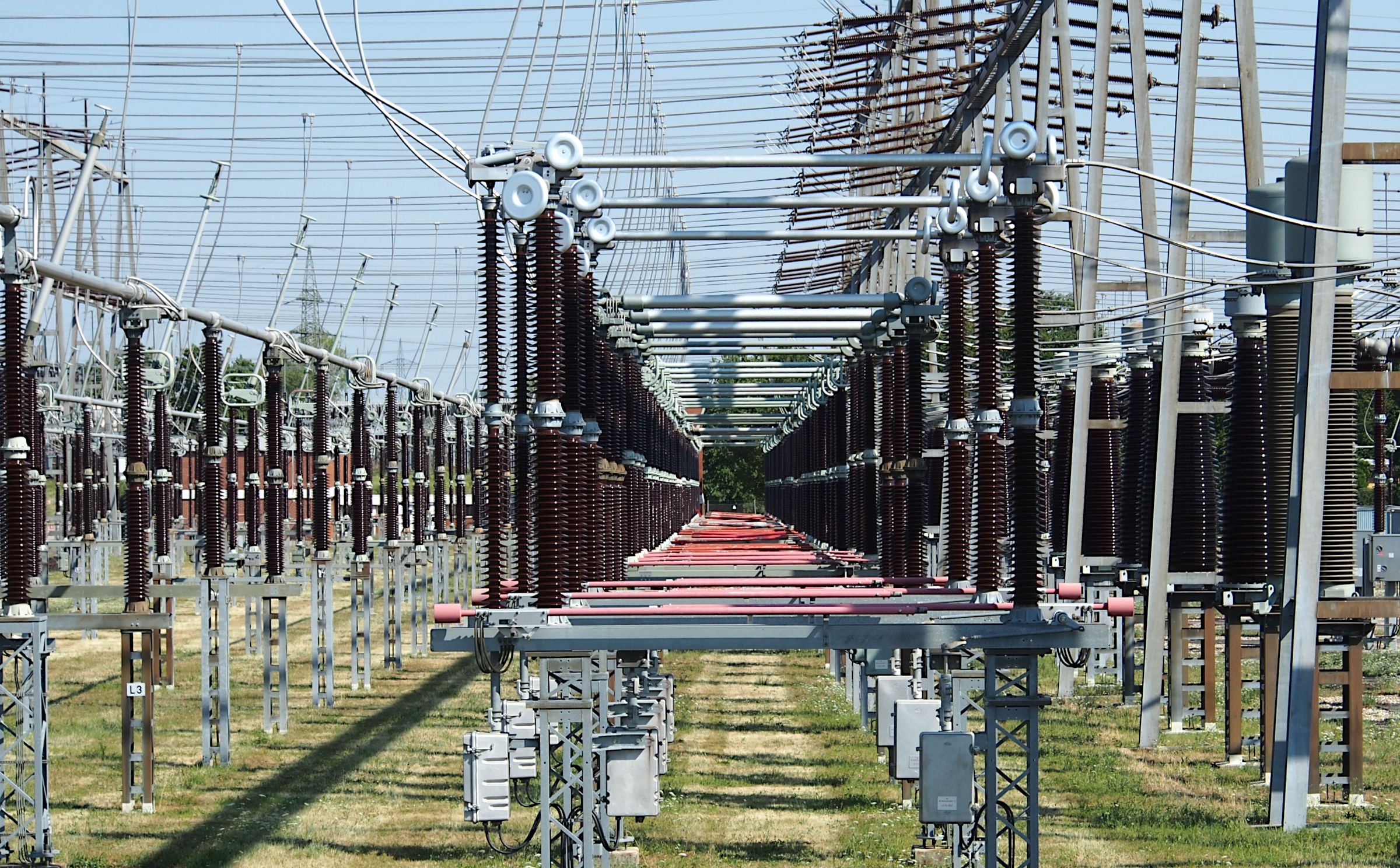PREDICTION OF MAXIMUM AIR TEMPERATURE FOR DEFINING HEAT WAVE IN VARIOUS STATES OF PAKISTAN USING MACHINE LEARNING ALGORITHM
Keywords:
Heat Waves, Machine Learning Prediction, Maximum Air Temperature, Random ForestAbstract
Temperature rise, associated with global warming, has increased the severity and frequency of heat waves worldwide. Several major states of Pakistan have been facing frequent heat waves in the past few years. The present study used a machine learning approach to predict the maximum air temperature (AT) for defining the heat wave occurrences in these states. The analysis was based on the monthly data of 13 parameters, collected from NASA’s Giovanni and ERA5 reanalysis data during the summer season for the past 45 years. Three machine learning approaches were used in the study: multiple linear regression (MLR), support vector regression (SVR), and random forest (RF). It was observed that the maximum AT states were above the limits of the IMD criteria for defining heat wave occurrences. The performance of the models was evaluated using statistical metrics, comprising of root mean square error (RMSE) and coefficient of determination (R 2 ). Overall, the study shows that machine learning-based approaches can predict maximum AT for defining heat wave conditions with high accuracy. The RF method was observed to have the best results for predicting maximum AT. The study can have significant applications in different fields like climate modelling studies, urban planning and infrastructure, agriculture, etc., and it can help to implement appropriate measures to mitigate the adverse impacts of temperature rise.
















